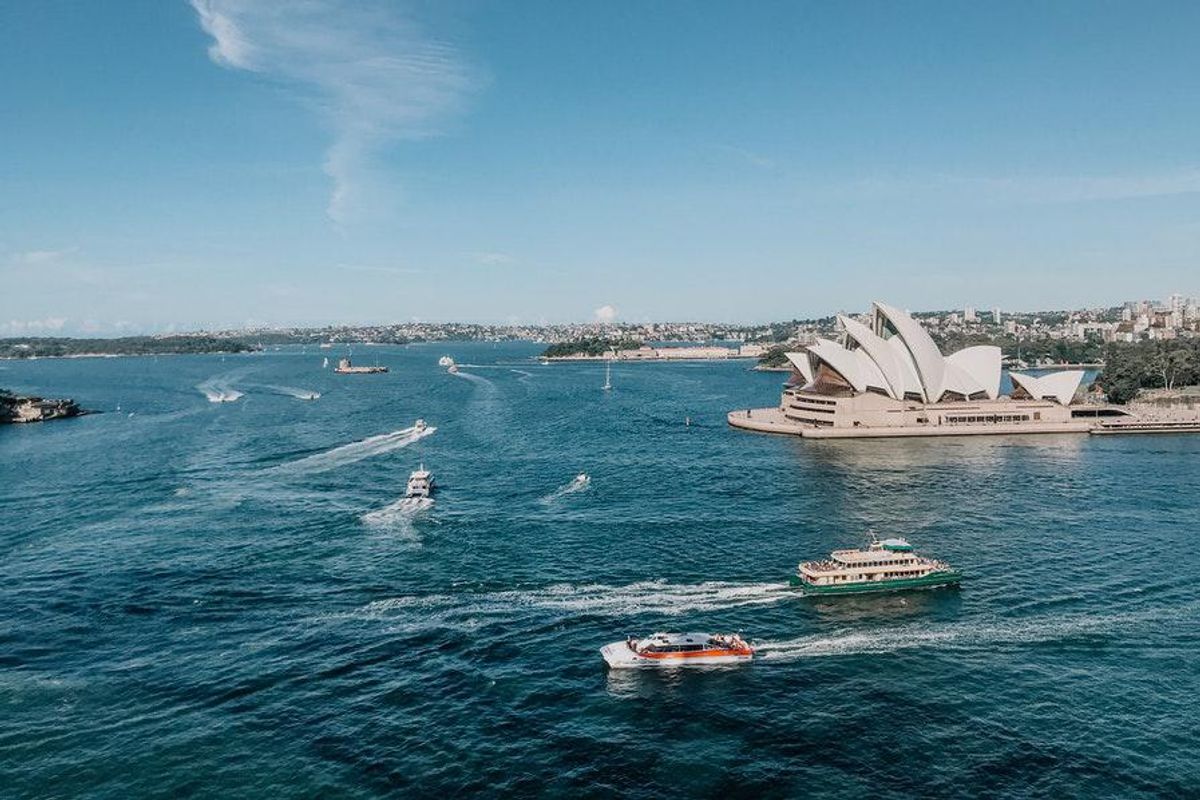Australia, US Team Up as Building Diversified Critical Minerals Supply Chains Becomes Essential
Critical minerals supply chains were in focus at the Sydney Energy Forum this week. Here's what experts had to say.

Australia has joined forces with the US to push forward to net-zero emissions by 2050, with the country being urged to diversify its critical minerals supply chains to reduce dependence on China.
“We know that tackling the critical minerals supply chain challenges will require the concerted effort of like-minded economies across the region,” Australian Resource Minister Madeleine King said at the Sydney Energy Forum. “It will require investment collaboration to diversify critical minerals markets. It will require partnerships that increase investment in resources projects to bring clean energy products to market faster.”
Co-hosted by the Australian government and the International Energy Agency (IEA), the Sydney Energy Forum gathered Indo-Pacific ministers and business leaders for a two day meeting to help secure clean energy supply chains in the region and support the global energy transformation.
“Our concern is that critical minerals could be subject, or vulnerable, to manipulation as we’ve seen in other areas, or weaponisation,” said US Secretary of Energy Jennifer Granholm. “And we want to — I think it’s healthy and from a national security perspective for both of our nations — to diversify our supply chains and make sure that these minerals are available to get to the ultimate goal of net-zero.”
According to the IEA, China accounts for 80 percent of the global supply chain for solar technology, and by 2025 that will grow to a 95 percent share. "We want to make sure that we are not as nations under the thumb of petro-dictators, under the thumb of those who don't share our values, under the thumb of those who would like to control strategic aspects of the supply chain," Granholm said at the conference.
At the event, the Australia-US Net Zero Technology Acceleration Partnership was signed, with the aim of accelerating the development and deployment of zero-emissions technology, and delivering on targets that are geared at reaching net zero by 2050.
“This partnership is a huge milestone in ramping up the US and Australia’s shared commitment to ambitious climate action and energy security,” Chris Bowen, Australia’s minister for climate change and energy, said. “It prioritises not just development but deployment of the critical technologies that will underpin economic opportunity in the energy transformation of our two countries.”
Critical minerals supply chains in focus
On the first day of the forum, discussions around the raw materials needed for the green energy transition were in focus. As demand continues to increase, there are supply risks for key battery metals like lithium and nickel.
Reaching net zero globally by 2050 may require around six times more mineral inputs in 2040 than today, with batteries for electric vehicles (EVs) and storage particularly reliant on these minerals, as per the IEA.
Niche minerals, especially lithium, graphite, cobalt, nickel and rare earths magnets, have effectively come into the mainstream, said Benchmark Mineral Intelligence Managing Director Simon Moores.
“They're going from industries that are mined in the hundreds of thousands of tonnes to industries that have to mine millions of tonnes,” he told the audience in Sydney. “The problem with that is there are bottlenecks everywhere along the supply chain from digging out the ground, to getting them into a battery of tier one quality that a western OEMs can use to make EVs.”
Demand for these critical minerals is driven by EVs and the lithium-ion batteries that power them.
“We call this the great raw material disconnect,” said Moores, explaining that building up a gigafactory can take anywhere from 10 to 24 months, while a lithium mine can take up to 10 years.
“So there's this great raw material disconnect. The OEMs that are making big EV announcements are not speaking to the mining companies that are planning these new mines, or lack of new mines, that are coming on stream,” he said. “And as a result, you see price volatility and price shocks.”
According to Benchmark Mineral Intelligence, every year for the next 10 years, demand for lithium-ion batteries and EVs will grow about 30 percent, whereas supply will grow about 15 percent a year in the best-case scenario.
Australia is currently the world’s top lithium producer, followed by Chile and China. Benchmark Mineral Intelligence forecasts that the country will remain a leader this decade, with supply set to double by 2030.
When asked about Australia's potential to add value by moving further along the battery chain, Moores said batteries will be made where cars are made.
“You can't ship lithium ion batteries there are distances, they are hazardous goods, they're heavy. So, batteries and cars are going to be made together,” he explained. “Australia could be going as far downstream as making cathode and anode and shipping that material.”
Don’t forget to follow us @INN_Australia for real-time updates!
Securities Disclosure: I, Priscila Barrera, hold no direct investment interest in any company mentioned in this article.






